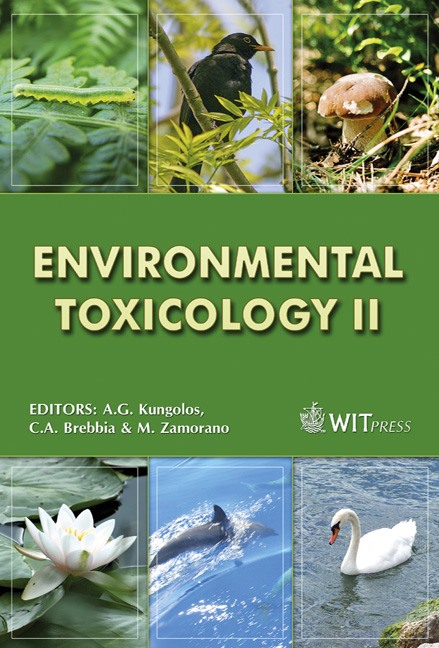Infant Exposure To Persistent Organochlorine Compounds Is Higher In Denmark Than In Finland
Price
Free (open access)
Transaction
Volume
110
Pages
8
Page Range
45 - 52
Published
2008
Size
282 kb
Paper DOI
10.2495/ETOX080051
Copyright
WIT Press
Author(s)
H. Shen, K. M. Main, A.-M. Andersson, I. N. Damgaard, H. E. Virtanen, N. E. Skakkebaek, J. Toppari
Abstract
Significantly poorer male reproductive health has been documented in Danish compared to Finnish men, including a higher prevalence of cryptorchidism and hypospadias. Exposure to environmental pollutants with endocrine disrupting activities has been suggested as a possible contributing factor. In this study, we investigated whether there was a difference in milk and placenta concentrations of persistent organohalogen compounds between the two countries. Organohalogens were analyzed by high-resolution gas chromatography-high resolution mass spectrometry in human milk samples from Finland (n=65) and Denmark (n=65) and placentas (n=168 Danish, 112 Finnish), selected from a population-based cohort. p, p’-DDE was the dominant pollutant. β-HCH, HCB, END-I, dieldrin, OXC, c-HE, and p, p’-DDT were the other main organochlorines detected. Danish samples had significantly higher concentrations of p, p’-DDE, p, p’-DDT, β-HCH, HCB, dieldrin, c-HE, and OXC than Finnish. The organochlorine levels were higher in Danish samples, which suggests higher exposure of Danish infants. Keywords: placenta, breast milk, organochlorine pesticides, organobromine compounds, infants.
Keywords
placenta, breast milk, organochlorine pesticides, organobromine compounds, infants.





